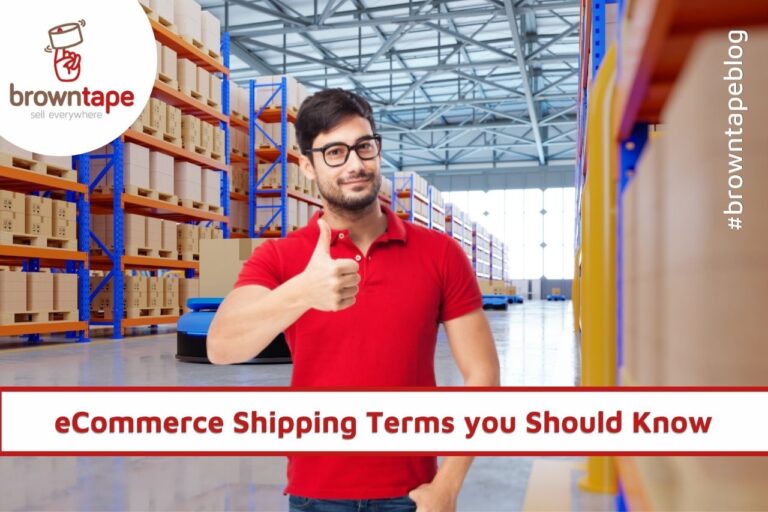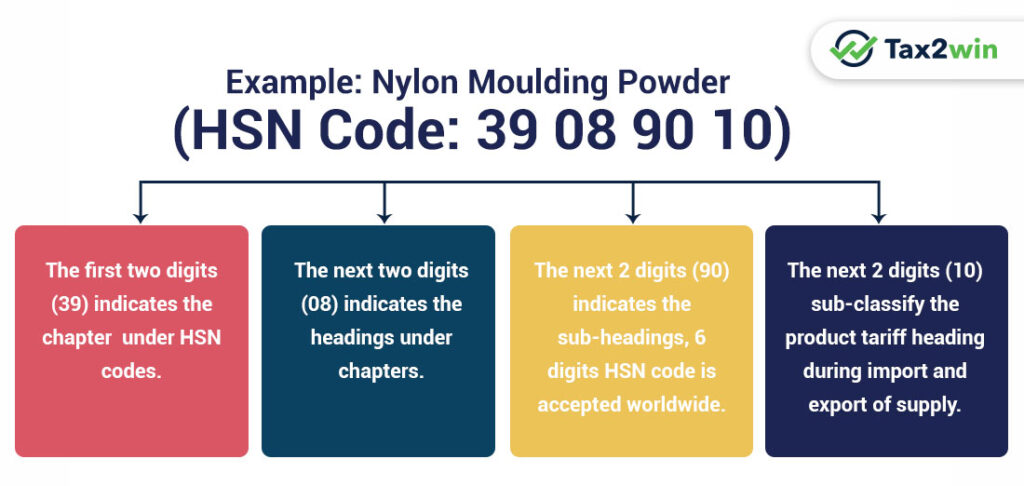eCommerce Shipping Terms you Should Know

eCommerce shipping terms are aplenty. However, there are some keywords which every eCommerce should be aware of. As a seller, you would know that domestic and international shipping terms come in handy for day-to-day operations.
Many sellers deal use drop shipping as a model for sharing wherein imports are part & parcel of their daily life. The pandemic has changed the way industries function. Shipping has become a key operational activity and in ways defining customer experience. Here is a ready reference of important international and Indian shipping terms.
Key eCommerce Shipping Terms
Air Waybill (AWB)

Commercial Invoice
A commercial invoice is part of the essential document list for eCommerce shipping. It is a receipt. It helps sellers keep a record of transactions and enables smooth returns for shoppers.
An invoice contains basic information about the product, the total amount, and if a product is pre-paid or qualifies as cash delivery. As we digitize different aspects of the eCommerce supply chain- the practical importance of a physical invoice is waning. Customers most likely throw away invoices and maintain elect however, it is important from a legal & taxation compliance perspective.
Volumetric Weight
eCommerce shipping rate calculations are done the basic volume of a product. Unlike when one sends a document and is charged basis the weight it- the shipping fee for larger parcels is calculated on a volume basis.
Shipping companies arrive at final shipment rates basis the weight of the package plus its dimensions. That’s the reason you have to fill in these details when listing a product on Amazon India. The dimension & weight are multiplied to arrive at a fee factor for each package. There is an in-built rate card for each fee factor which gives you the final shipping rate.
Expedited Shipping
Every regular online shopper today is aware of the terms ‘next day shipping’. In fact, speedy shipping is a key differentiator for the top marketplaces. Expedited shipping simply means couriering a product at a quicker rate than standard shipping time.
How does it help? Well, practically a marketplace or store may charge shoppers extra for expedited shipping. The basic reason for this is that overnight shipping is charged extra by courier companies. However, when we consider large marketplaces like Amazon, who own their own logistics system; they use to market privilege or loyalty programs like Amazon Prime.
HSN Codes
HSN stands for Harmonized System Nomenclature & it’s a code used to classify goods & commodities, globally. It was launched by World Customs Organisation in 1988. HSN codes which originally included 6 digits are not unique to just eCommerce products.
These codes are used to classify over 5000 goods/commodities, sold online or offline in about 200 countries. They were created to help customs authorities in various nations. However, the codes now have multiple uses.

Shipping Insurance
Last-Mile Delivery
It defines the journey of a package from its source to the very final destination. The last destination is the customer who is receives the package. As competition in the eCommerce industry has become fierce, it is important that as a seller one tries to reach the last mile.
Practically the biggest challenge for last-mile delivery has been sparse courier connectivity in rural areas. However, in recent years, one has seen a quick evolution of the logistics ecosystem. This is due to marketplaces looking at tier 3 towns and beyond as a target geography. Thus one can say last-mile delivery is getting easier.
Shipping Manifest
A Manifest is a document that contains a list of the various products that are being handed over to courier collection agents. It is written proof of the inventory that was handed over to the courier provider.
Manifests are further bifurcated to shipping manifest and return manifest. A return manifest is a document that is proof that a customer has handed over the product to the collection agent.
Reverse Pick-up (RVP)
This is nothing but your normal pick-up but reversed in the sense that the pick-up starts from the customer’s end. This is initiated after the customer has opted for a return of a product that was delivered to them.
Conclusion
Considering that eCommerce is the go to way of shopping, shipping is perhaps becoming the most significant aspect of the operational process in any enterprise.
To fulfill your customers’ expectations and add great experience end-to-end, companies need to have an agile and technologically tuned logistics team or a partner.
If you are an enterprise with products available for a global audience, the best possible practice is to work with third-party multi-shipment companies that also offer warehouses across all corners of the globe.
Every eCommerce enterprise and online retailer needs to get an effective eCommerce shipping strategy in place. The transparency of terms and rates is of topmost importance apart from the delivery experience for all customers. This will only help you grow your business online exponentially. You can check out some shipping partners to help your delivery process here.
